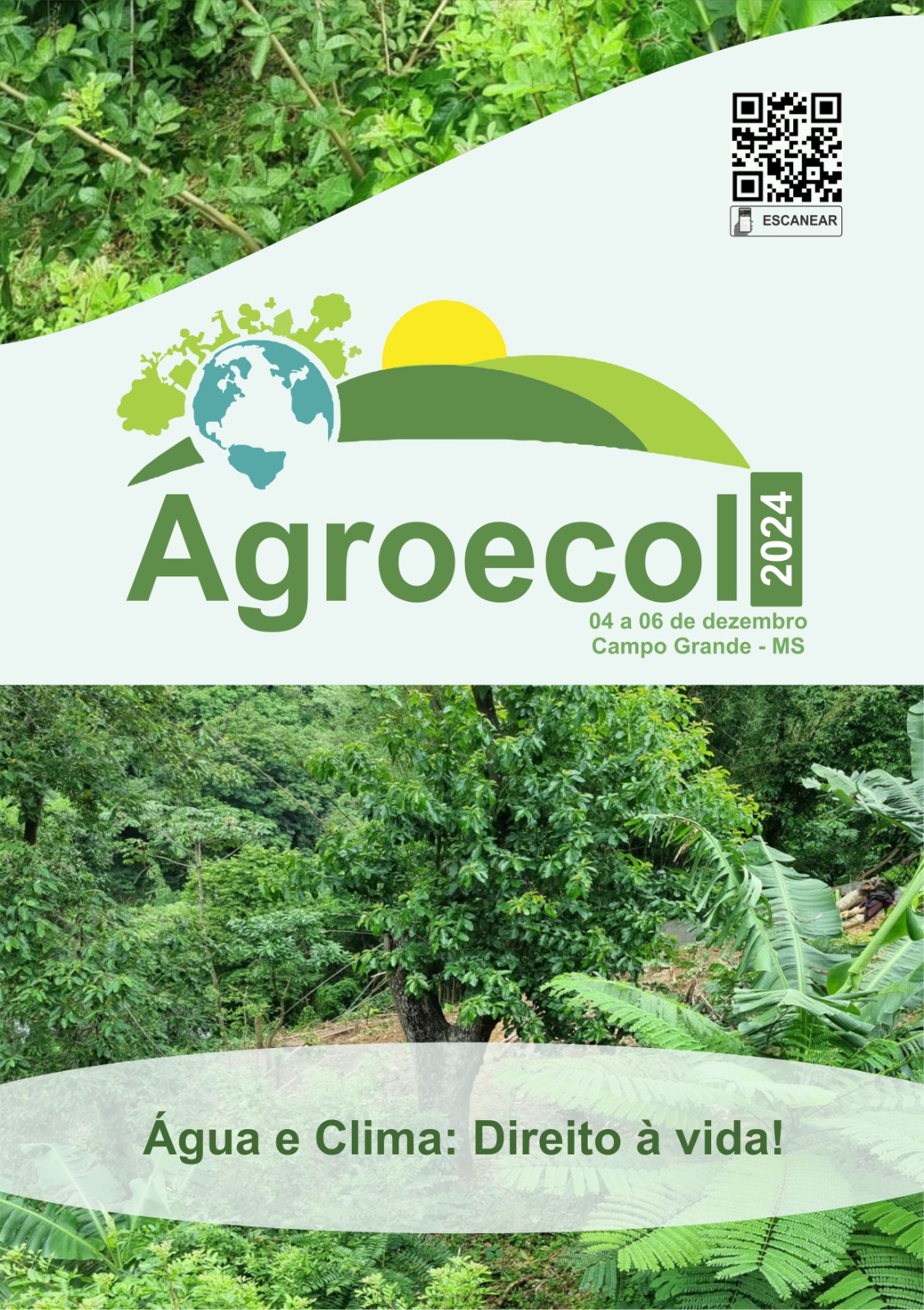Edible Species in Urban Forestry: A Case Study in Miranda, MS
Keywords:
Urban agroecology, Street trees, Urban forests, Edible fruits, Urban management and planningAbstract
Agroecology is a production system that values biodiversity and natural resources, encouraging the production of healthy food and local products. In this sense, urban environments constitute underutilized spaces in the implementation of agroforestry. In this study, we present a list of native and exotic food plants registered in the city of Miranda, in Mato Grosso do Sul. The study was developed in 2018, in the urban area, considering only trees present in streets. Among the 2,185 trees sampled, 1,668 (76%) include species with use or potential for food use, corresponding to 98 species, belonging to 28 families. Fabaceae (8 species) and Bignoniaceae (5) constituted the richest families. Among the registered species, 48% are exotic to Brazil, 36% are native and 13% occur in Brazil, but are exotic to MS. Fruits and flowers constituted the most commonly used parts. Our results demonstrate that Miranda has a high diversity of native and exotic food species used in urban afforestation, but there is potential for increasing the biodiversity of native food species and enhancing ecosystem services promoted by street afforestation in the city. The species present in street can help to compose urban agroforestry systems.
Downloads
Published
Issue
Section
License
Copyright (c) 2024 Camila Aoki, Renata Dias Silva, Carolina Zoéga Souza, Magno Sá de Souza, Lucilene Misae Oliveira Oshiro

This work is licensed under a Creative Commons Attribution-ShareAlike 4.0 International License.


